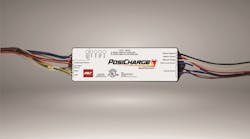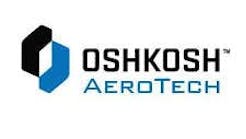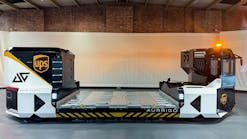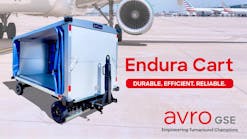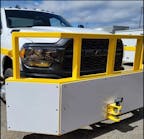Although many of the same principles can be applied to managing various pieces of ground support equipment, certain items can be more labor intensive than others. Therefore, additional attention should be paid to these items.
Any GSE that has intricate or complicated hydraulic systems can present issues, explains Steve Leonard, senior vice president at PrimeFlight Aviation Services.
“When you get into those much more complicated systems, those do drive an awful lot more man-hours in terms of maintenance,” he says. “More moving parts means you’re going to have more unscheduled downtime.”
Every system, Leonard explains, has key points that wear more quickly than others.
“If you pay a little more attention to points of wear, where there is a criticality to the piece – for example the hydraulic pumps or hoses and the lift cylinder itself on a lift truck – if you service those and check them with more regularity, you get much better results,” he says. “You really have to setup a schedule and stick to it to make sure you’re staying on top of all those sorts of things.”
Bill Brooks, vice president of operations at Xcēd Aviation Services, says when he thinks of difficult-to-manage GSE, airstarts come to mind because they are a high-cost item that can go long periods of time without being used.
“These units are essential when the aircraft APU is unavailable. New units tend to be highly complex and parts can be costly to purchase. And lead times for delivery can be lengthy,” Brooks explains.
However, bag tugs, belt loaders, cars, trucks and non-motorized equipment can require less management.
“The OEMs have done a good job of keeping these units relatively simple to diagnose and repair,” Brooks says. “Parts are usually readily available locally, and the cost is reasonable. They do not require any special tooling or test equipment to diagnose problems.”
